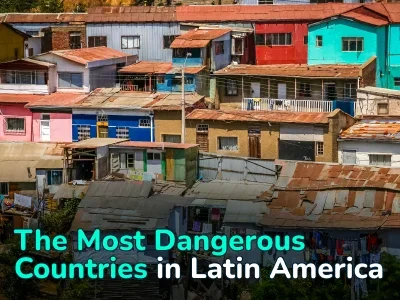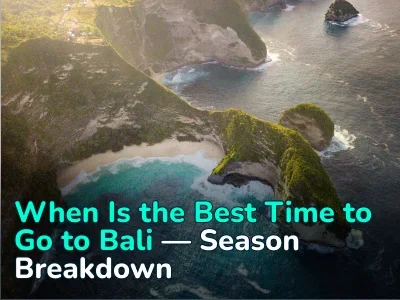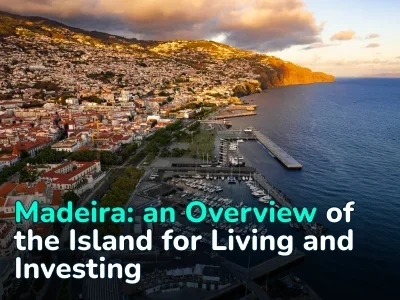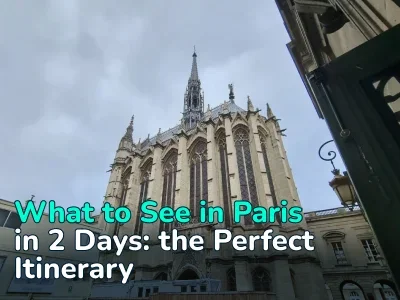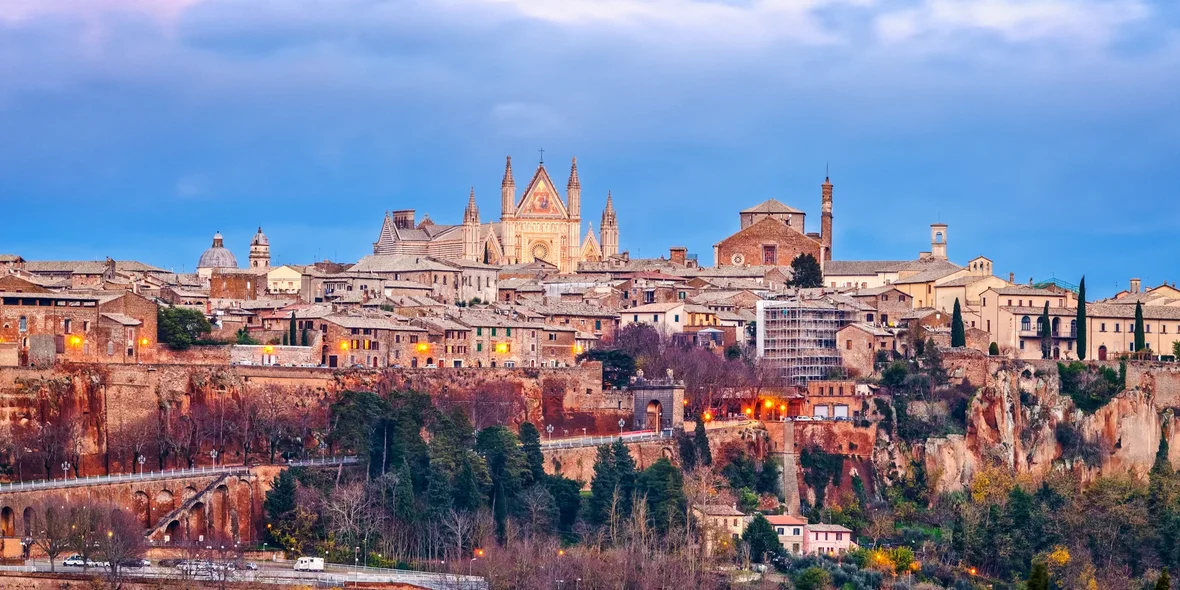
Lesser-Known Italy Destinations: 5 Gems for Those Who are Tired of Rome and Venice
Italy attracts more than 67 million foreign tourists every year. However, about 80% of this impressive number is concentrated in just five main regions: Lazio, Veneto, Tuscany, Lombardy, and Campania. The classic Rome—Florence—Venice route has practically become a canon for visiting the country and has remained unchanged for decades.
Yet beyond this well-trodden triangle lies another Italy, less polished, far less crowded, and far more authentic. Life here moves at a slower pace, traditional crafts are still practiced, and local culinary customs have been preserved.
We have prepared a list of five destinations representing the «unknown Italy,» along with explanations of what makes each of them truly special.
Why You Should Explore Italy’s Lesser-Known Regions
According to ENIT (Agenzia Nazionale del Turismo), between 2022 and 2024, the number of travelers choosing small towns and rural areas increased by 22%.
There are several reasons for this. First, accommodation and dining costs in such areas are on average 40–60% lower than in major tourist hubs like Venice or Amalfi, while visitor density is 10–15 times lower.
Second, from a cultural standpoint, small towns and villages are fascinating because they preserve dialects, folk crafts, and forms of social interaction that have disappeared in large urbanized regions.
Top 5 Destinations of the «Unknown Italy»
Modern Italy consists of more than 7,900 municipalities, but only a few dozen of them attract large-scale tourism. Yet according to ENIT, small towns and rural areas accounted for about 35% of Italy’s domestic tourism growth since 2022.
Orvieto (Umbria)
Orvieto is located in southwestern Umbria, about 325 meters above sea level, on top of a volcanic tuff plateau. Its main attraction is the Cathedral of Santa Maria Assunta, one of the finest examples of Italian Gothic architecture, whose construction began in 1290. Beneath the city lies a remarkable underground complex — Orvieto Sotterranea, a network of over 1,200 caves carved into the rock.
The city’s economy relies on traditional crafts and winemaking. It is home to the Orvieto Classico DOC wine, which has been renowned since ancient times. Tourism here remains moderate and according to the municipality the city receives around 250–300 thousand visitors annually, roughly ten times fewer than Florence. Orvieto is easily accessible by train from Rome or Florence, with a journey of about one and a half hours.
Brisighella (Emilia-Romagna)
Brisighella is a small commune in the Lamone River valley, located in the southeastern part of Emilia-Romagna, about 60 kilometers from (approximately a one-hour drive or taxi ride). There are no direct train connections. Trains run every three hours to Faenza, from where it’s another 10 km to Brisighella, which can be reached either by local train or taxi. The town is also accessible from Florence in about an hour and a half by car via the SR 302 road.
The town has a population of around 7000. In the 1290s, the Rocca Manfrediana fortress was built here, followed later by the Torre dell’Orologio (Clock Tower, 15th century) and the Sanctuary of Monticino. Together they form a striking triangular skyline above the historic center.
Brisighella is included in the official list of «I Borghi più belli d’Italia» («The Most Beautiful Villages of Italy»). Its key feature is Via degli Asini («Donkeys’ Street») a unique covered walkway running through a sequence of arched galleries.
The town’s modern economy is based on the production of DOP Brisighella olive oil and Sangiovese di Romagna DOC wine. Agritourism is actively developing, yet the area has avoided mass tourism. According to Ravenna municipality data, Brisighella receives about 150,000 visitors annually, less than a third of whom are foreigners.
Pietrapertosa and Castelmezzano (Basilicata)
Pietrapertosa and Castelmezzano are located in the province of Potenza, in the central part of Basilicata, at an altitude of about 1000 meters above sea level. Although Bari is geographically closer to these villages, the easiest way to reach them is from Naples. Both buses and trains run only as far as Potenza, from where you can take either a taxi or a local bus. In both cases, the route winds through mountain switchbacks, offering breathtaking panoramic views along the way.
These settlements belong to the Gallipoli Cognato and Lucanian Dolomites Regional Park (Parco Regionale di Gallipoli Cognato e delle Dolomiti Lucane). The area’s landscape is exceptional: sandstone formations create a jagged, dramatic skyline reminiscent of miniature Dolomites.
The towns’ architectural character was shaped in the Middle Ages. Houses are built directly into the rock, and the street network follows the steep slopes of the terrain. In Pietrapertosa, fragments of a Norman castle have been preserved, while Castelmezzano is known for its intricate stone stairways and terraces leading to panoramic viewpoints.
Both communes are famous for their «Volo dell’Angelo» (Flight of the Angel) , a zip line connecting the two towns at heights of up to 1200 meters. Opened in 2007, it is considered one of the highest zipline routes in Europe. Despite this attraction, tourist activity remains moderate: fewer than 80,000–100,000 visitors per year, the majority of whom are Italians.
Sulmona (Abruzzo)
Sulmona is located in the central part of the Abruzzo region, in the valley of the Gizio River, at the foot of the Maiella massif. Sulmona can be reached from Rome in about an hour and a half by car via the E80 route, or in a little over two hours by direct bus or train, without any transfers.
During the Middle Ages, Sulmona was an important center for wool trade and metalworking, later becoming one of the key economic hubs of the Kingdom of Naples.
The city’s architectural core took shape between the 13th and 15th centuries. Its main street, Corso Ovidio, connects the Cathedral of San Panfilo with Piazza Garibaldi, where local fairs and festivals are held. Numerous examples of Romanesque and Gothic architecture have been preserved, including a 13th-century aqueduct, the Church of Santissima Annunziata, and the Arch of San Francesco.
Sulmona is surrounded by the natural landscapes of the Maiella and Gran Sasso e Monti della Laga National Parks, home to rare fauna species, such as the endemic Marsican brown bear (Ursus arctos marsicanus). According to ENIT, foreign visitors account for no more than 15% of total tourist arrivals, with an overall annual flow of around 80,000–90,000 people.
Bomarzo (Lazio)
Bomarzo is located in the province of Viterbo, in the Lazio region, about 90 kilometers north of Rome. It can be reached in about an hour and a half by car, or in 2.5 to 3.5 hours by regional bus. There are no direct routes, so at least one transfer in Viterbo is required. Traveling by train also involves a transfer, but in this case at Orte.
The town originated on the site of an Etruscan settlement, archaeological remains of which are still visible in the surrounding area. The medieval town center retains a compact layout with narrow streets and dense masonry, typical of inland Lazio.
The main cultural landmark of Bomarzo is the Park of the Monsters (Parco dei Mostri), created in the mid-16th century. Covering about 3 hectares, the park features an ensemble of monumental sculptures carved directly into tuff boulders — mythological creatures, allegorical figures, and architectural oddities.
Abandoned in the 20th century, the park was restored in the 1950s. Today it is privately owned but open to visitors. According to municipal data, annual attendance is around 120,000 people, significantly lower than that of comparable cultural sites in Lazio.
What Else to See in Italy
Although small towns in the country’s inland regions best illustrate the idea of «unknown Italy,» many other areas across the peninsula remain largely untouched by mass tourism. These places are not as remote and are partly integrated into the national travel infrastructure, yet they still preserve their authenticity and deserve attention:
- Cefalù (Sicily). A coastal town on Sicily’s northern shore, developed around its 12th-century Norman cathedral — part of the UNESCO World Heritage Arab-Norman Palermo and the Cathedral Churches of Cefalù and Monreale. Outside the summer season, Cefalù retains the atmosphere of a fishing village with traditional architecture and a local cuisine centered on seafood and Sicilian wines.
- Castel del Monte (Apulia). Home to one of Italy’s most enigmatic architectural monuments — the octagonal castle of Emperor Frederick II, built around 1240. The structure’s geometric precision and astronomical symbolism have long fascinated historians and architects.
- Cividale del Friuli (Friuli Venezia Giulia). Once the capital of the Lombard Duchy (6th—8th centuries) and a key center of early Christianity in northeastern Italy. The town is home to the Tempietto Longobardo, one of the best-preserved examples of Lombard architecture, included on the UNESCO World Heritage List.
- Termoli (Molise). A port city on the Adriatic coast with the old quarter of Borgo Vecchio, featuring medieval defensive walls and a Norman tower. Termoli remains outside the main tourist routes yet promotes small-scale gastronomic and fishing tourism.
- Comacchio (Emilia-Romagna). A lagoon town located among the canals of the Po River delta. Historically associated with salt and eel production, Comacchio’s architectural structure dates back to the 17th century and is often viewed as a functional alternative to Venice without the crowds.
Summary
Even beyond its famous cities, Italy preserves a distinctive urban rhythm and texture. According to ENIT forecasts, by 2027 up to 40% of foreign visitors in Italy will choose small towns and rural areas — not only because of lower prices, but also due to a growing desire to experience Italy away from the well-trodden tourist paths.
This shift is not a rejection of the classic routes, but rather a return to the original meaning of the word viaggio — «a journey.» Italy beyond the tourist centers may not offer instant impressions, but it rewards the traveler with fewer crowds, deeper authenticity, and a more vivid sense of place.
Author
I write informative articles about real estate, investments, job opportunities, taxes, etc.











